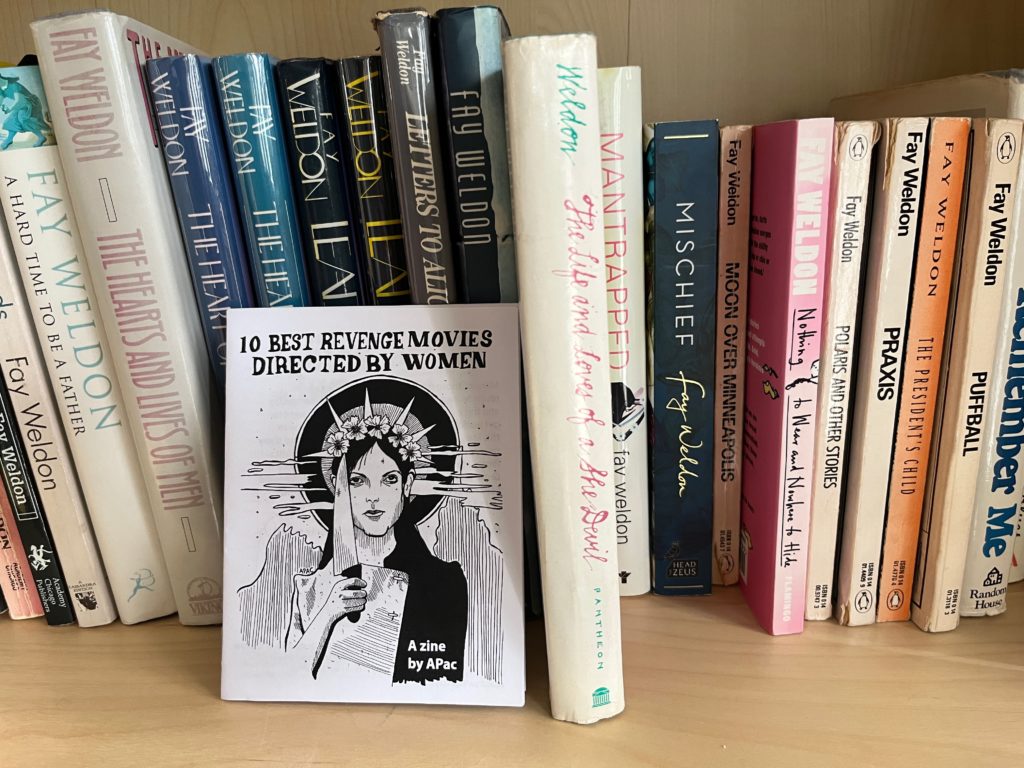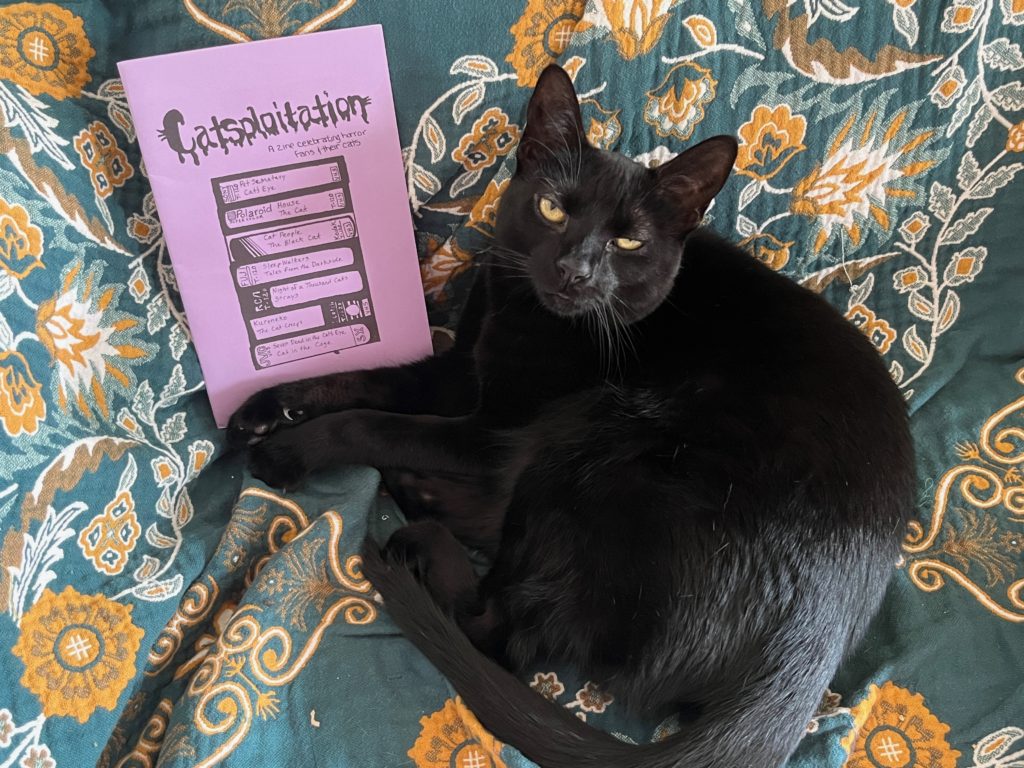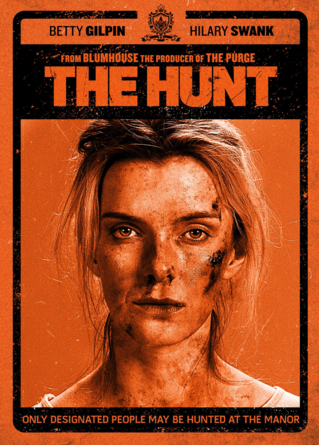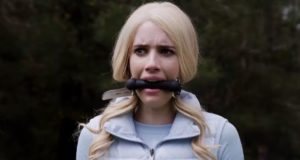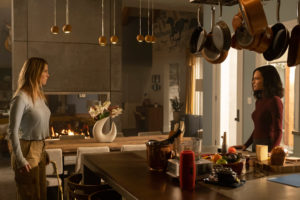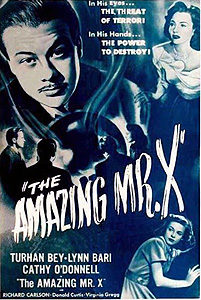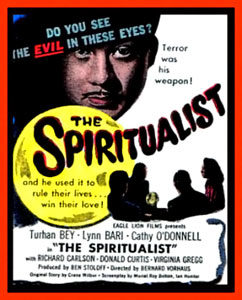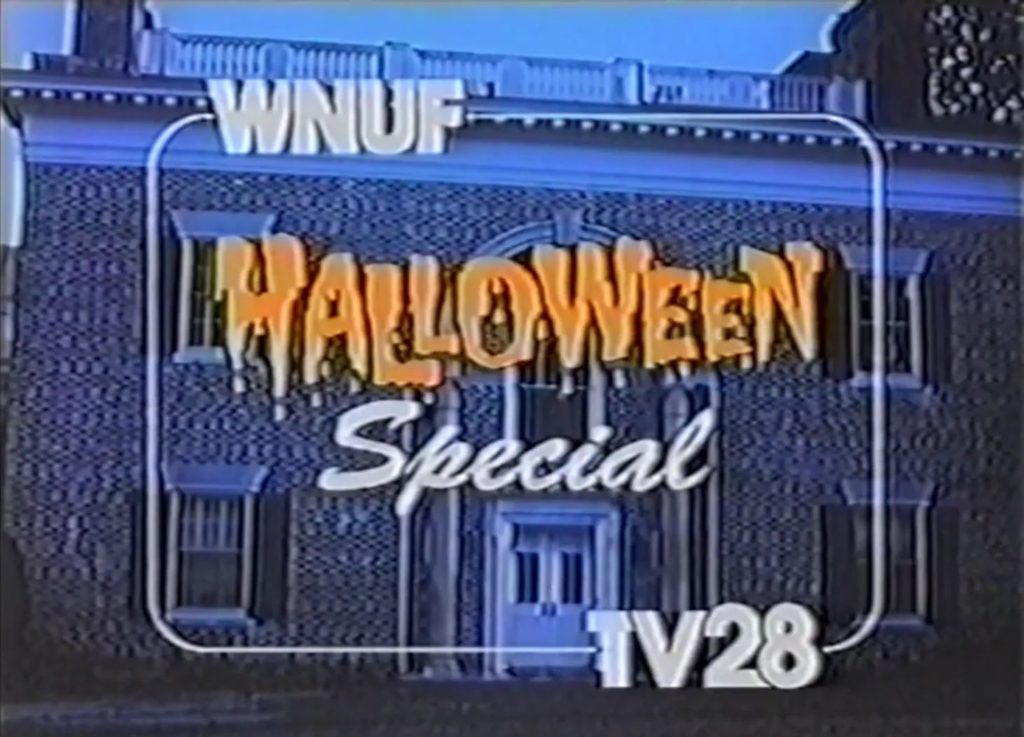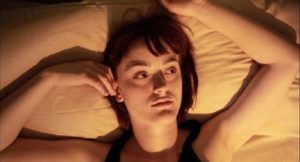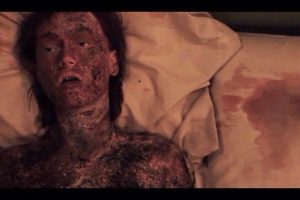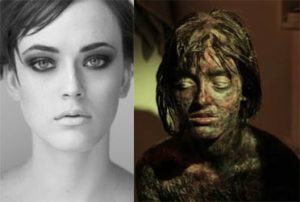When I was a little girl, maybe seven or eight years old, I watched a movie on television that affected me deeply. I’ve discussed some of my very specific fears before on this site and interestingly all of them were provoked by media and not some innate fear common to children. For example, I get very antsy around people wearing full-face masks or too much makeup, and that was the result of being terrified by an Alice Cooper tour commercial I saw when I was very young.
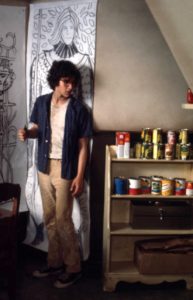
The fear I want to discuss here developed after I watched the film Bad Ronald. Have you seen it? It’s a made for TV film adapted from a novel by author Jack Vance and it absolutely messed me up. The plot of the film is that a divorced mother who suffers from mental and physical illness, has raised her with the hopes that he could become a doctor so he can cure her sickness. Her teen son, Ronald, is awkward and an outsider at school – kind of like a male Carrie but without telekinesis – and one day he decides to ask a girl out on a date. She declines and laughs him down. Later her younger sister mocks Ronald, who pushes her so hard on the ground that she suffers a fatal head injury. After racing home and telling his mother what happened, she decides to cover a door with wallpaper and essentially walls Ronald up in the house so the police can never find him. Seclusion causes Ronald to descend into a fantasy world where he is a prince who is going to protect his princess from an evil intruder. Then his mother dies and the house is sold, unaware that Ronald was living in a hidden room. The new owners have three teen daughters and Ronald decides one of them is his princess and that an older boyfriend is the evil intruder and things go bad but ultimately the only other death is a nosy neighbor who is literally scared to death.
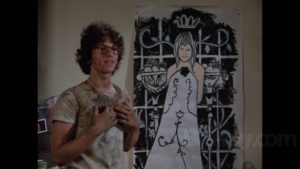
For the record, it is not a good movie. Not the worst movie made in 1974 but arguments could be made that it belongs on some sort of “worst of” top ten list. It also stars Scott Jacoby, who was also in The Little Girl Who Lives Down the Lane, an early Jodie Foster/Martin Sheen film that also involves a hidden cellar entrance and a creepy man who accesses the house.
Ronald becomes filthy and creeps around the house at night, eating food, stealing family items, watching the family sleep, all while still living in his dream world of himself as a prince trying to protect a princess from harm. The images of him emerging from the dark, dirty and deranged, spying, stealing and moving things around, affected me and eventually every time I heard something creak in the house, I would freeze in fear like a squirrel who sighted a hawk. I began to develop the idea that someone was creeping around in the house between the walls, which would be impossible with the crappy little 1950s house we lived in. I even intuitively understood that we did not have the sort of house that could provide enough room for an intruder to skulk between the walls, but I still could not shake the fear that every time I heard something or felt like something had been moved without me touching it that someone was in the house, stalking me.
This specific fear was cemented during a two month period when both of my parents were working night shift. I was in the third grade and had to be alone in the house from the time I got home from school until my father arrived home after midnight (my parents were broke and had interesting perspectives on child rearing plus we had no family in the area, so don’t think too badly of them). Add to it that at the time we didn’t have phone service, and I spent a nice chunk of time absolutely terrified.
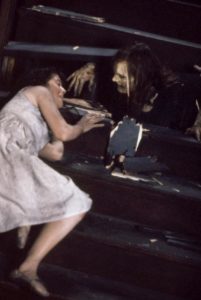
It faded over time, but the fear of someone being in the house would remain a thought in the back of my head until my mother and her new husband moved into a far less ramshackle home. However, even living in a place that made far less noise didn’t eliminate the fear entirely. When Wes Craven’s The People Under the Stairs came out, it revived the fear and twisted it into a generic fear of someone being in the house. Given who I am, when the movie cycled over onto cable, I watched it every time I could. The titular people under the stairs were portrayed as monsters, but they were made into monsters by their captors and ultimately were forces of good, but the idea of ragged, abused people living under my nose without me knowing, was just another wrinkle in the same “someone’s here and watching” cloth.
Then, god help me, I read about the Lalaurie case. Whether or not the details are all true, the accepted story is that Delphine Lalaurie, a demented slave owner in New Orleans, was experimenting on her slaves, chaining them throughout the mansion and performing ghoulish experiments on them that sound as if they were straight out of Nazi research or Unit 731. A fire broke out in the house in 1834, allegedly started by a slave who was chained in the kitchen and was hoping to draw attention to her plight, and the fire brigade discovered the horrific torture chambers. The abuse was so egregious that even during Plantation era slavery in Louisiana, people were appalled and stormed the house, but Madame Lalaurie was able to escape and is believed to have fled to France. No one had any idea she was doing this, torturing, maiming and killing slaves right under the noses of her neighbors. I’ve often wondered if the Lalaurie case was partial inspiration for The People Under the Stairs.
I did not develop a phobia or fear from the Lalaurie case and a Wes Craven film, but the essential premises linked my brain back to Bad Ronald: there may be a hidden place in homes where deranged people are living, or, worse, being harmed. But mostly I forgot about it because I had student loans and the Internet had not been invented yet.
Enter Reddit.
I cannot recall how many times people have found a hidden space in their homes that someone had been living in, or found evidence of someone living in an attic or cellar. Sometimes families lived in those homes for years before discovering someone had been creeping into their house without them knowing, doing god knows what while they were sleeping. When we bought our house, luckily we purchased a more modern built home that is essentially cardboard held together with wall putty but lacks a basement and the only place someone could hide is, interestingly, under the stairs, but we’ve been in and out of that space making repairs over the years, so I know no one is there. Plus an adult male who seldom leaves me alone at night lives here so when the cats do something that produces creepy sounds, he can go and check on it. Also I’m sort of an adult now, and can permit the adult part of my brain to drive me around these days. I still am extremely uneasy when people wear scary masks or wear corpse paint apropos of nothing but I’m not afraid of them. I just wish they wouldn’t. And this is similar. It was never as closely as held a fear as my mask/makeup issues – it’s just something I remember viscerally when “triggered.”
But every now and then, I see something like this and I feel that same sort of chilly creepiness that I experienced the first time I saw Bad Ronald.
Even though this video is fake, it’s still so horrifying I have to include it here. An aspiring actor hoping to go viral concocted this video of a woman living in the crawlspace over his apartment. The premise: he set up the camera because he’d noticed food and things going missing. This woman was descending into his apartment at night, eating food, watching television, and even urinating in his kitchen sink. Because I also have a germ aversion (caused by the same house I lived in when Bad Ronald warped me, a shit heap if there ever was one), the idea that someone could creep around at night and pee in my sink is just too much to think about.
There are a shocking number of videos about this sort of thing happening on YouTube and I am unsure how many have been debunked. It almost veers into the supernatural, thinking about how someone can creep around your home, creating their own home while you sleep or are away, and you never know it until you set up a camera after noticing things going missing, or remodel the house and break through a suspiciously thin wall, or get norovirus repeatedly because a stray human keeps urinating in your sink.
All in all, I have remarkably few genuine fears for someone this neurotic but this was one of those times when the fear that plagued me as a kid actually manifested for other people in real life. But I’m also proud to announce that I watched The People Under the Stairs on Shudder last week and was able to reminisce about my weird childhood rather than force Mr. OTC to search the house top to bottom when our stupidest cat fell off a shelf into the laundry bucket at three A.M.
Tell me about the weird thing that scared you when you were young. Was it the result of unmonitored television time? Did you grow out of it or did it get worse as you got older? Let me know!
